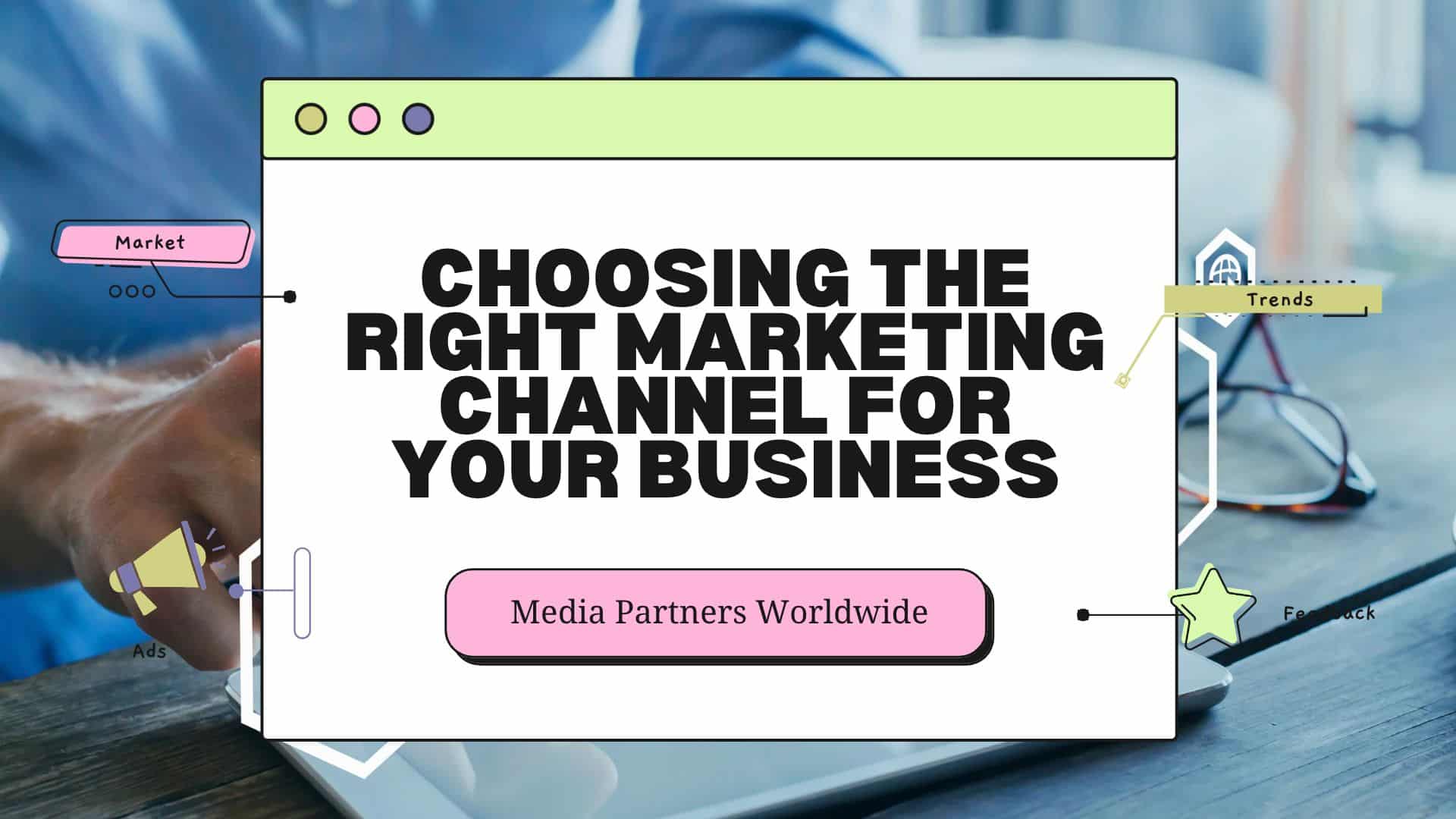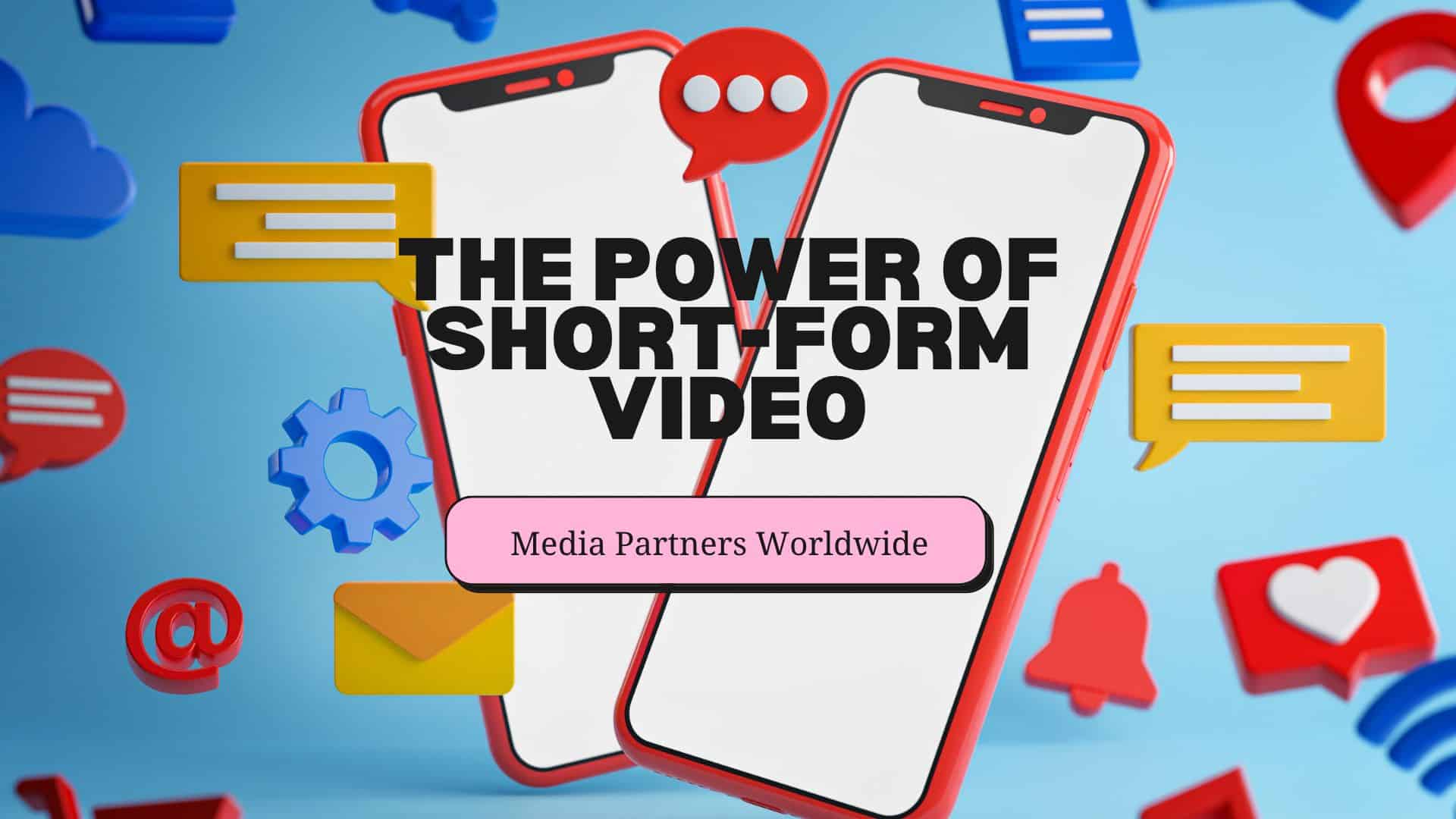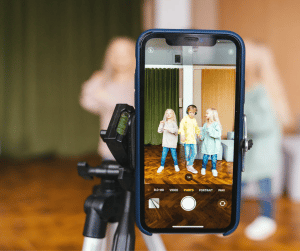In the ever-evolving landscape of social media platforms, TikTok has taken another bold step by introducing ads in its search results. As one of the fastest-growing and most engaging platforms, TikTok’s decision to integrate advertisements into its search feature is a strategic move that could reshape digital advertising and further monetize its massive user base. This article explores the implications of TikTok’s venture into serving ads within search results and the potential impact on both users and advertisers.
TikTok’s Meteoric Rise and Search Potential
TikTok’s meteoric rise to fame has been nothing short of remarkable. With over 2 billion downloads and millions of active users, the platform has captivated a diverse global audience with its short-form, engaging videos. While TikTok’s popularity has largely been attributed to its “For You Page” algorithm-driven content discovery, its search feature has gradually gained traction. Users have started using TikTok’s search function to discover specific topics, trends, and user-generated content.
TikTok’s Entry into Search Ads
Recognizing the potential to enhance user experience and boost monetization efforts, TikTok recently introduced ads within its search results. This development allows advertisers to target users based on specific keywords and phrases they search for within the app. As users explore their interests through searches, they will now encounter relevant ads, seamlessly integrated into their search results.
Implications for Users
For TikTok users, the introduction of search ads could mean encountering more relevant content tailored to their interests. While some users might find this beneficial, there might also be concerns about the intrusion of ads into search results, potentially impacting the platform’s organic and authentic feel. Striking the right balance between providing value through targeted ads and maintaining the integrity of user experience will be crucial for TikTok’s long-term success.
Opportunities for Advertisers
TikTok’s decision to integrate ads into search results opens up new avenues for advertisers to connect with their target audiences. This development allows brands to tap into users’ search behaviors and deliver tailored messages at the right moment. Advertisers can leverage keywords and phrases to ensure that their products or services are showcased when users are actively seeking related content. With the potential to capture user attention at the heart of their interests, search ads on TikTok could yield higher engagement rates and more meaningful interactions between brands and consumers.
Challenges to Navigate
As TikTok ventures into this new territory, there are challenges to consider. Striking a balance between monetization and user experience is paramount to avoid alienating the user base. Advertisers will need to ensure that their content aligns with the platform’s creative and authentic ethos. Maintaining transparency and providing users with control over their ad experience will be crucial to avoid any negative backlash.
TikTok’s move to serve ads within its search results reflects its commitment to innovation and its recognition of the importance of catering to user behaviors. By seamlessly integrating ads into search, the platform aims to deliver more relevant content and create valuable opportunities for advertisers. As this evolution unfolds, TikTok will need to carefully navigate the fine line between monetization and maintaining a user-centric experience. For advertisers, the introduction of search ads presents a promising channel to connect with audiences at a crucial moment of intent, potentially reshaping the way brands engage with consumers on this dynamic platform.
Discover how TikTok’s integration of search ads can propel your marketing efforts to new heights. Our team of experts at Media Partners Worldwide understands the nuances of this dynamic platform and can help you craft compelling, targeted campaigns that resonate with your audience. From keyword optimization to captivating content creation, we’re here to amplify your brand’s presence on TikTok.










